This post is part of a series that aims to shine a light on projects in which Dorico has played a part. If you have used Dorico for something interesting and would like to be featured in this series, please let me know.
Many of us have taken on new projects to occupy ourselves or learn new skills during the pandemic, but flutist, composer and engraver Stefan Diaconu has taken on a bigger project than most: engraving a beautiful new edition of Georges Enescu’s fourth symphony. Himself a Romanian, now living in Denmark, Stefan feels a strong connection to the composers of his homeland, and he is working hard to make it easier for these works to be performed and studied, with the help of Dorico. I recently caught up with Stefan to find out more about his mammoth lockdown project.

DS: Enescu is perhaps the most well-known and well-regarded of all of Romania’s composers. How did you come to be working on an edition of his unfinished fourth symphony?
SD: Enescu is an amazing composer, and besides being very well-known in Romania, he established his name as well as a “French” composer and he can be placed on the same level with Igor Stravinsky, Dimitri Shostakovich, Bella Bartok, Maurice Ravel and many other “stars” from the 20th century. His misfortune was, among other things, the lack of proper scores to his creations. Even though his hand-writing is very accurate and insanely detailed, it is not meant to be performed from – especially nowadays, when most professional orchestras have only around three rehearsals for one concert. On top of that, his music is very complex, with more than three or four simultaneous voices, creating an amazing polyphony, and all the details he wrote in his scores – which are, I mention again, insanely a lot – are meant to help this crowded music to have a clear sound. His orchestration is balanced and sensitive at the same time, but every distortion of his musical intentions results in a big damage in the overall result. Imagine having an unclear score in this situation: it is almost certain that the music he imagined will lack the quality it deserves.
I got closer to Enescu’s music mostly after I left Romania – I am living in Denmark now – and I started to appreciate and love it more and more every time I listened. Almost one year ago, one month before the pandemic started to close down everything, I had a meeting with one of the most famous Romanian contemporary composers, Dan Dediu, one of my mentors during my bachelor, with whom I collaborated as a music editor and performer in the past. He asked if I would be interested in participating in this big project of engraving the fourth and fifth symphonies by Enescu. These two symphonies, along with other very interesting compositions, were researched and finished by Pascal Bentoiu, himself a Romanian composer and one of the most important and passionate scholar of Enescu’s music. He managed to do this very complicated task of finishing some of Enescu’s compositions which were sketched until the end, but not orchestrated.
I was a bit hesitant in my mind, but my mouth immediately said “yes”, because I thought I could finally do something for Enescu. I was a bit hesitant because I had never done such a big project for the symphony orchestra, and I was working in Dorico – part time – for only five months. But I said to myself that this is a great opportunity to learn Dorico and also do a historical job which had never been done before. So I started to work on it, then the pandemic came, and gave me even more motivation to continue, and I spent days and nights working totally alone in this project, which would usually require a publishing house team to complete. Thankfully I managed to get away with it very well, with a result of which I am very proud because I know I have done something which will always be in people’s minds for generations.
DS: Did the Enescu symphony pose any interesting notational problems as you worked on it in Dorico?
SD: If you look at the original manuscript sample you can realize that it wasn’t a walk in the park to write this score. The first challenge was the dynamic system Enescu uses in his scores : pp – p – poco p – p – ben p – mp – mf – f – f – ben f – ff. This applies also to cresc./decresc. and hairpins, sfz, rfz (molto cresc, ben dim., poco sfz, ben rfz, etc.). On top of that, more than 30% of his dynamics has an expressive text, and then, to make it even harder, almost every bar has a different dynamic – sometimes each note has a different one. Beside this, he notated a lot of divisions, fingerings and string number indication for string sections; Enescu himself was one of the most important violinists of the last century. Going further, the use of multiple articulations and a very complicated tonal-modal-chromatical system which uses a lot of accidentals and cautionary accidentals, made the task even more difficult. But I have to say that the Dorico team did an amazing job, not only creating a complex software which allows all these things to be notated, but being extremely responsive and helpful with anything I asked during this project. I started writing this project in Dorico 3.0 and ended in version 3.5, and during this time I noticed major improvements which helped me to finish the project.
DS: Where and when will the Enescu edition be available for anybody who would like to peruse or buy it?
SD: The great news is that the Enescu Symphony No. 4 is going to see the light in the coming weeks, at UNMB Edition, the national University of Music from Bucharest publishing house. I think that soon enough it will be available at music score websites and music shops across Europe, hopefully also in the USA.

DS: Dinu Lipatti is perhaps not so well-known as Enescu outside of Romania, perhaps because his life was so cruelly cut short by cancer when he was only in his early 30s. What can you tell me about him and his music?
SD: Dinu Lipatti was actually very connected to Enescu – Enescu was Lipatti’s godfather, and they shared a beautiful relationship during Lipatti’s life – and placed Romania on the musical map forever. Lipatti is very well-known as one of the most important pianists of all time, among Rachmaninov, Rubinstein, Horowitz, Richter. When we consider also the fact that he died at 33, and his international career lasted around 10 years, one might realize that he really amazed everyone with his playing. But anybody who listens to one of his recordings will understand exactly how big Lipatti was. Not many people know that Lipatti was also a great composer and his compositions, even though there are not many of them left, can be placed among works by Hindemith, Honegger, Françaix, to name only a few. He studied in Romania with Mihail Jora and in Paris with Nadia Boulanger, and during his short time managed to write about 50 works, among this many unfinished or lost.
His most popular compositions are Concertino en style classique for piano and chamber orchestra, op. 3, Symphonie concertante for two pianos and strings, op. 5, Dances roumaines for piano and orchestra, Nocturne for piano in f sharp minor, Introduction and Allegro for solo flute, Sonatina for left hand, op. 10 and his last, and maybe most important composition, Aubade for flute, oboe, clarinet and bassoon. His music is very lively, very well-written, deeply anchored both in Romanian folk music and French direction, but at the same time complex and provocative, very well-placed among modern composers of the first half of the last century. A very important characteristic of his compositions is that they are very different from each other: this proves that Lipatti was always discovering new ways of expressing himself. He managed to achieve an important highlight, in the opinion of many scholars, in the last major composition written before his sudden death, Aubade for wind quartet.
DS: Lipatti is most famous as a pianist, but he wrote for ensembles of all kinds. You have prepared new editions of all of his chamber works for woodwind instruments. You’re a flutist yourself – what do you make of his works for woodwind?
SD: Even though Lipatti was an exceptional pianist, he was very passionate about wind instruments due to their possibilities of creating multiple colors, among them flute is noticed as a favourite. I am a professional flute player and beside playing in many orchestras as a freelancer, I am member and founder of V Coloris wind quintet, which has in its complement two of the greatest players in Denmark and three outstanding Romanian musicians. Looking to enlarge our repertoire list, I had the opportunity to get closer to Lipatti’s music for winds. Thanks to the brave efforts of Romanian oboist Valentin Ghita, I had access to most of Lipatti’s manuscripts, and Matei Banica, chief editor of one of the most important private music editions in Romania, Grafoart, provided me with more manuscripts from Geneva Conservatoire Library. We concluded that there are six works for wind instruments: Introduction and Allegro for Flute Solo (Paris, June 11, 1939), Allegro for Clarinet and Bassoon (December 23, 1936), Aubade for Flute, Oboe, Clarinet and Bassoon (Montana, April 21, 1949), Quintette a Vent (1936), which is unfinished, and two sets of transcriptions of Domenico Scarlatti: Trois Sonates de Scarlatti for Oboe, Clarinet and Bassoon and Six Sonates de Scarlatti for Flute, Oboe, Clarinet, Horn and Bassoon.
Even though the quartet and solo piece were published before, the editors weren’t very accurate with his manuscript, resulting in more than a few mistakes, as well as overall poor design of the scores. The duo was never performed and was forgotten somewhere in a dusty library and the two transcriptions were never published. Their manuscripts were circulating among romanian musicians, played sometimes, but not so often because of the bad quality of the parts as well as quite a few mistakes in the score.
DS: The Lipatti scores are freely available to download. How did that come about?
SD: Last year marked 70 years since Dinu Lipatti tragically died, and we realized that it was a good opportunity to make something to commemorate Lipatti. So almost at the same time when I was accepting the Enescu project, we developed a project together with a team of young enthusiastic musicians from Romania, named Ars Ventus Association, which had the goal of publishing, recording and promoting Dinu Lipatti music for winds, under the title Lipatti100%. The project was approved to be financed by Romanian Culture Department and we started to work on it. The project results are two set of scores (general score and parts) which includes the complete works for wind instruments by Lipatti, an audio album, which can be found on all of the major streaming services, that includes the recordings of all these works, and one short documentary about Lipatti’s creation for winds, as well as two videos with the Solo and Duo piece. You can access all these through our website.
Since this project was financed by the government, this allowed us to offer all these products for free, including the scores in PDF format. Of course, if somebody wants to perform these works, is it advised to purchase the scores which are going to be available through the Grafoart publishing house soon, in a very elegant design, which includes envelopes with parts, on a beautiful yellow paper and a special page format which will make playing this score a true pleasure.
DS: Were any features in Dorico particularly helpful when working on the Enescu or Lipatti scores?
SD: As I mentioned, the Enescu score was a real challenge for me, and I suppose for any other experienced engraver. Even though I am not a veteran engraver, I started by doing my homework really seriously: I took Elaine Gould’s book Behind Bars and studied it properly. Before Dorico, I had been working in Finale since I was 14 years old, writing my own arrangements and compositions, and I was quite good with the software. I had few adventures with Sibelius, but I was never convinced by it, and when I saw one of the very first presentations of Dorico (the first version) I was really curious about it, but considering that I never did music editor job for a living until last year, I wasn’t prepared to invest the money in it and I dropped the idea of trying Dorico. In 2018 I once again tried the Dorico trial, now at version 3.0, and I realised that all the problems for which I was cursing and destroying my mouse were solved in this new software. On top of that, all the design issues which are not at all covered in other software were implemented in this amazing program and it convinced me: I had to buy it. So I bought it and since then, I’ve never used anything else, and I don’t think there will be any other music notation software which will convince me to switch in the coming decades. There are many amazing features which helped me both in Lipatti and Enescu scores: the possibility of using third-party apps. such as Metagrid, for controlling so many options in Dorico was a game-changer for me, especially for the Enescu score, where I had to invent so many new commands to cover the complicated system of dynamics. The possibility of controlling every detail of the notes through a huge panel of properties which can be customized and run as scripts with a key command definitely increased my speed. All the design options, which are so well developed based on professional publishing houses’ rules, create such a great result, something that is so difficult to obtain through other musical notation software.
Finally, a great thing about Dorico is the speed of development and the responsiveness of its development team to users’ requests. A great example of that was a feature introduced in the last Dorico update which saved my Enescu project: as I mentioned, Enescu used an insanely amount of cautionary accidentals in his scores, and the publishing house asked me to use all of them, since it’s a trademark of Enescu’s writing and a great help for the orchestra performers. So I had to make this unattractive task of switching the visibility of thousands of accidentals in order to deliver what was asked. After finishing the note input process I started the score arranging and design process which involved condensing the score, and here the worst surprise appeared: all the hide/show properties of the notes were canceled by the condensing score. This was a major setback because the only option to show all these accidentals was to restate them in Engrave mode, for each note, a very time-consuming operation. So I “cried” on the Dorico forum for a few weeks, as many times as I had the occasion and hoped for a miracle in order to save my project: and the answer came quite soon, in the last update, where the development team included an option to preserve the accidental properties in the condensed score. I felt at that time that I had an entire team of software engineers working for me and helping my project to be ready and delivered in time and I am very grateful for that.
I can say one thing after all my experiences: I would have never been able to achieve half of the result I did in the time I had with other engraving software. And is not only about the amazing features that Dorico provides, it’s also about the brave development team, which takes its time to answer all the strange (or not) requests from users like me and you.
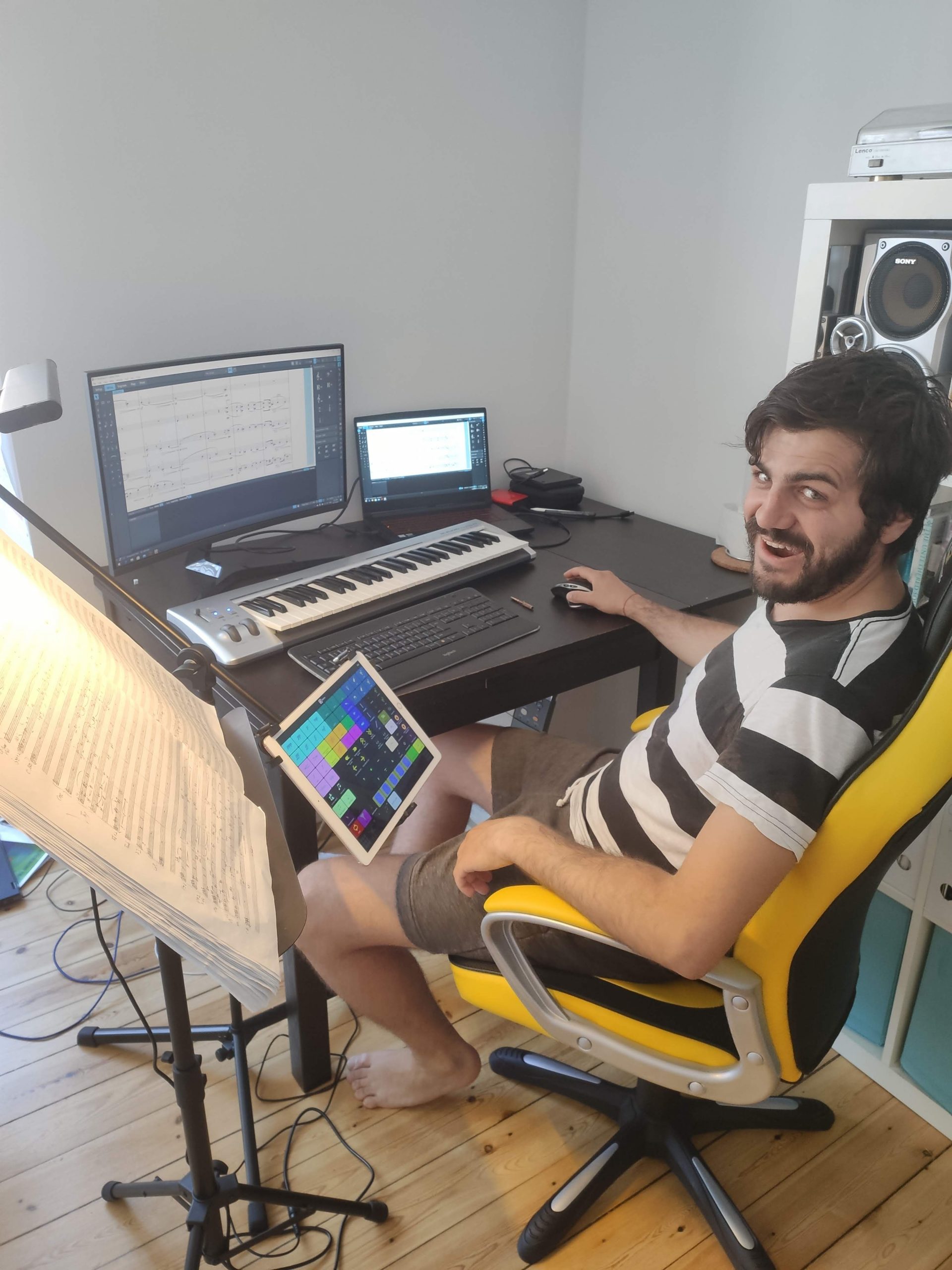
DS: What are you working on next?
SD: Now I am preparing other projects which involve the quintet I am playing in, and many of the pieces are my arrangements for the quintet which I am planning to publish at the Grafoart publishing house. For this I am using a lot the playback section of the software which works so well and allows me to spot any mistakes in my arrangements. I am planning to transcribe a number of great wind quintets written by not so well-known Romanian composers and make them available for free on the Ars Ventus Society website.
One project which I have ahead of me for this coming summer is working on the Fifth Symphony by George Enescu, and another major project which I really hope will find finance is to re-edit all the orchestral works by George Enescu: two Romanian rhapsodies, the first three symphonies, three orchestral suites, Vox Maris, etc., and maybe play a role in the development of writing OEDIPE, Enescu’s only opera, which is one of the greatest masterpieces of all times, but the most difficult score I ever saw in my life – at least for an engraver. Of course, I am always open to working on other projects if I have time and a good motivation, but my time is quite limited by practicing my flute and performing, studying, conducting and making my own arrangements. However, since this Covid situation seems set to go on for a while, I can have time to develop this side I never thought I was going to enjoy so much: music engraver.
DS: Thanks so much for taking the time to talk to me, and congratulations again on the beautiful Enescu and Lipatti scores!
If you’d like to find out more about Stefan’s work on Enescu and Lipatti, visit the web sites of Grafoart, Ars Ventus Association, or V Coloris and the Lipatti100% project. If you’ve not yet tried Dorico for yourself, download your free 30-day trial today.

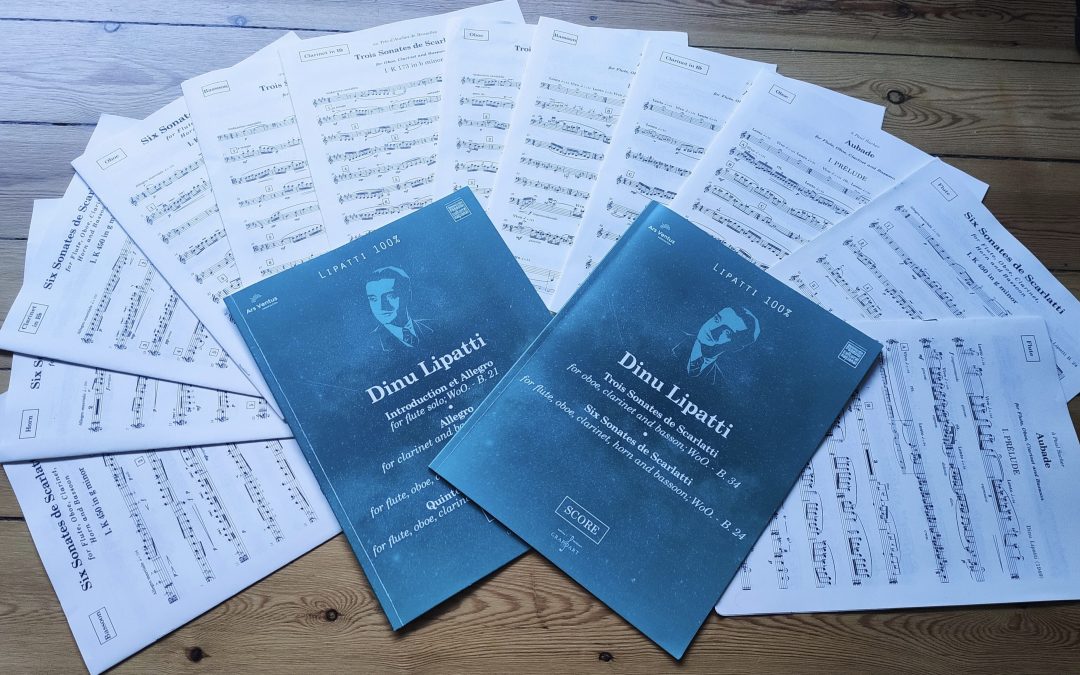
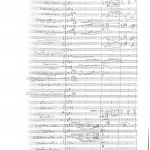
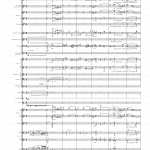
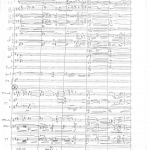
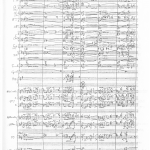
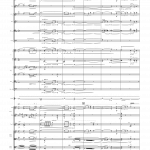


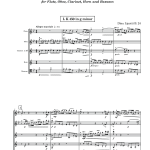

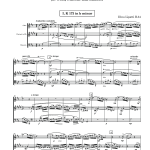
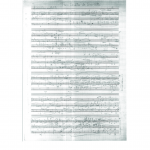
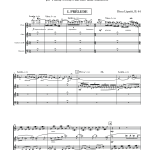
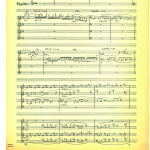
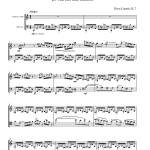


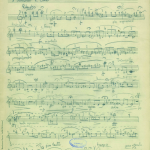
I make the engraving much better and accurate than in this editions.
Great. Maybe you can show me some examples so I can learn a bit more about it.
The engraving looks great to me. As good as my Henle and Wiener Urtext scores. Well Done, Stefan!